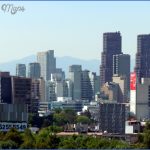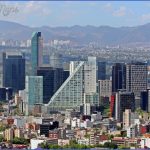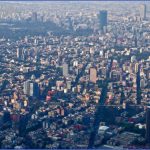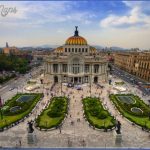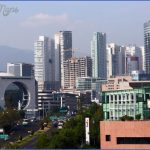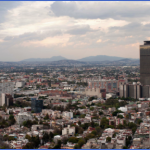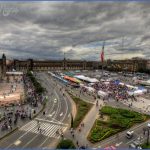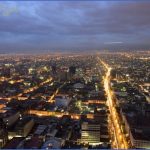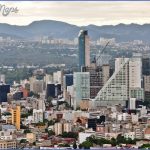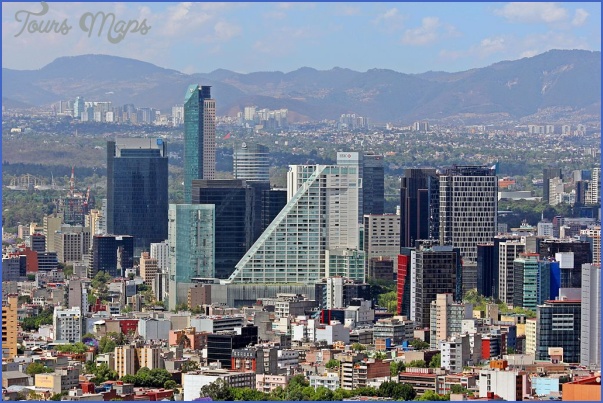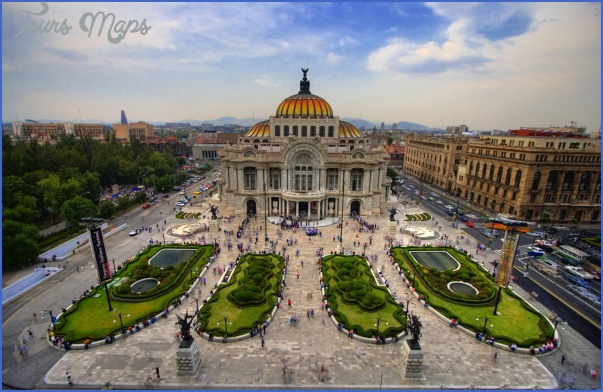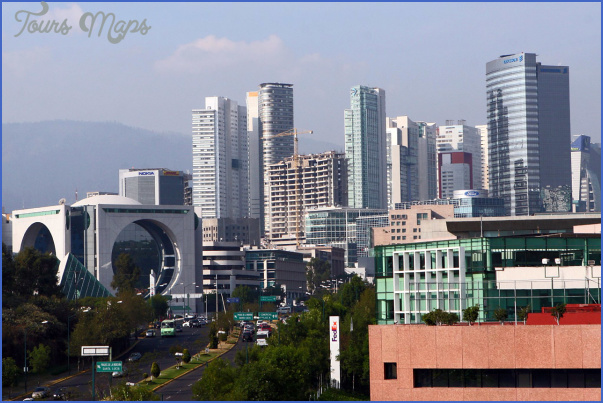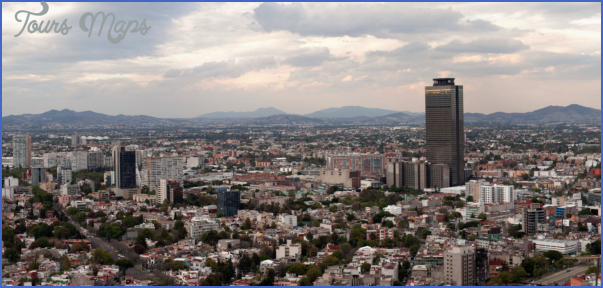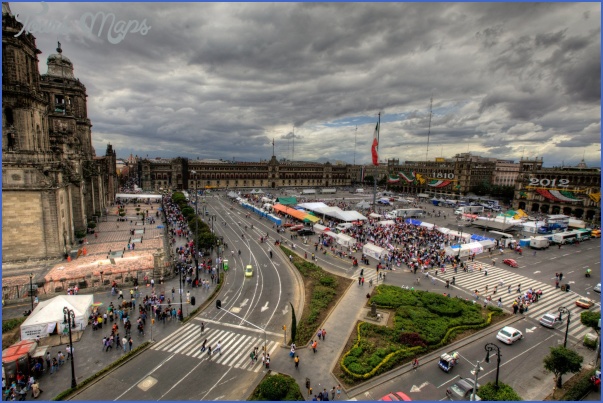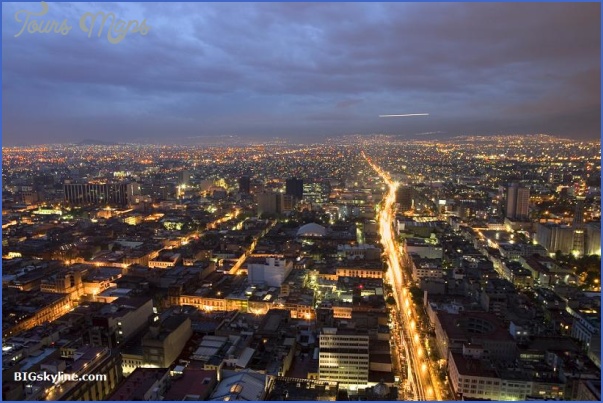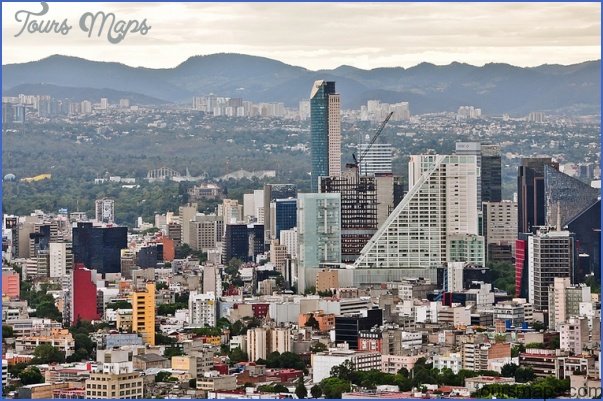On weekends day-trippers form lines several blocks long going into and coming from Tijuana and other border towns. As recently as 1920 Tijuana was a small town, and during prohibition in this country Tijuana was a place for border residents to get a drink. Then it was simply called El Rancho de Tia Juana (Aunt Jane’s Ranch). Today, thanks to tourism and proximity to San Diego its population is close to one million. The city offers bullfights, dog races and a radical change in culture. The same is true of Juarez, across the border from San Antonio, Texas, and to a lesser degree, the smaller American/Mexican border towns.
A number of U.S. residents take the highway from Tijuana south to Ensenada. A smaller number continue south through Loreto and into La Paz on the narrow highway that extends to the southern tip of Baja California. These are the adventuresome and fishermen. At the tip of Baja California is Cabo San Lucas, with a few first-class hotels that mostly attract the addicted fishermen.
Mexico City is the primary city of Mexico, headquarters for government, industry and banking. It attracts some three million North Americans each year; business travel to Mexico City grows each year. At about eight thousand feet, the city is never hot. The burgeoning population is believed to exceed fifteen million people, which the city is ill-equipped to handle.
Major attractions are the Anthropological Museum, Chapaultepec Castle, built by Emperor Maximillian during his brief reign in the 1860s, and the stupendous pyramids, San Juan de Tehauntepec, thirty-five miles north of the city. One guideblog comments to miss them would be like visiting Egypt and not seeing the pyramids there. The word massive is often loosely used, but not in connection with these pyramids. The Pyramid of the Sun, the larger of the two main pyramids, sits on a base 750 feet square and rises 215 feet. It was built between 400 and 800 A.D. as a city. It is believed the builders, the Toltecs, migrated to Yucatan and merged with the Mayas there. A light and sound program is offered in the evening during the dry season.
The National Museum of Anthropology, beautifully designed, is fascinating to even the non-museum-goer. To many people it is the finest in the world. A series of chambers circling a patio, the museum portrays the various civilizations of Mexico, including the Toltecs, the Olmecs, the Mayans and the Aztecs. The second floor is set up to exhibit life-size replicas of rural village life.
For evening entertainment most visitors to Mexico City head for the Zona Rosa (the pink zone), the swinging section of Mexico, with eighteen hotels, some two hundred restaurants, and four hundred shops. Each Mexican town has a Zocolo, the town plaza. The one in Mexico City is second in size only to Red Square in the Soviet Union.
During the busy part of the day Mexico City is a nightmare as regards traffic. Even the side streets are clogged. For lack of parking space car owners park their cars on the sidewalks. The Paseo de la Reforma is the most impressive of the city’s boulevards.
Church lovers will want to visit the Guadeloupe Shrine, holiest of the Catholic churches in Mexico.
Mexico City Photo Gallery
Maybe You Like Them Too
- The Best Cities To Visit in The World
- World’s 10 Best Places To Visit
- Coolest Countries in the World to Visit
- Travel to Santorini, Greece
- Map of Barbados – Holiday in Barbados

